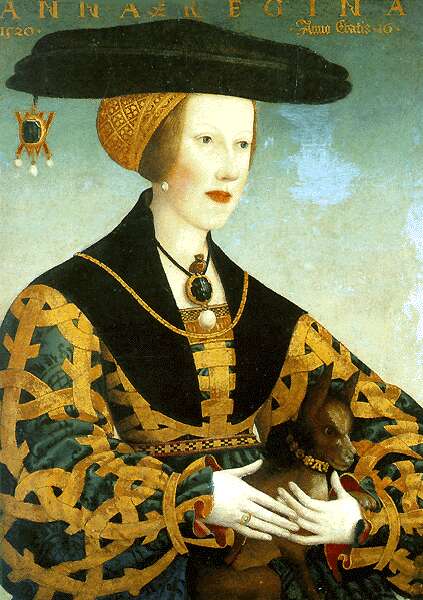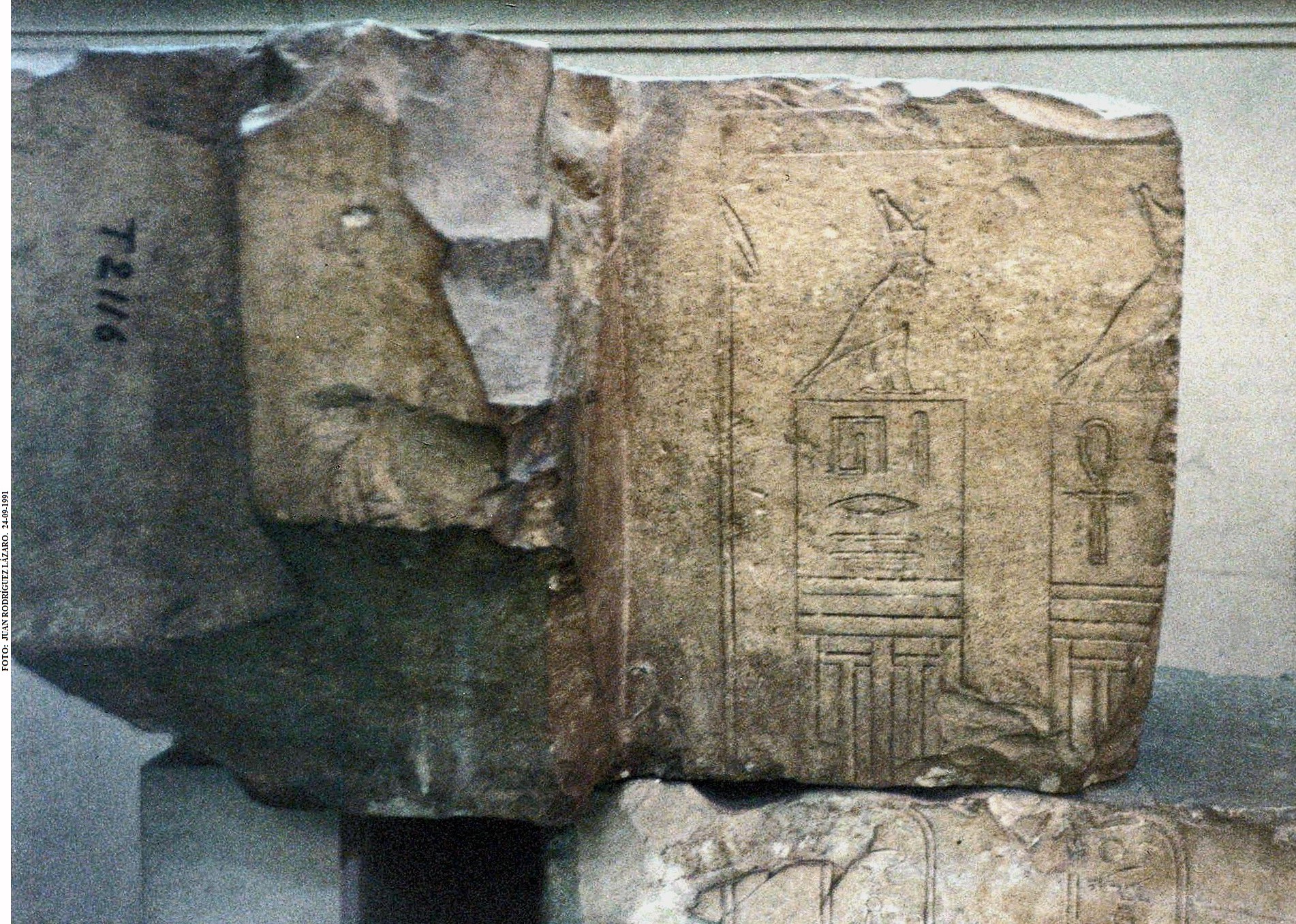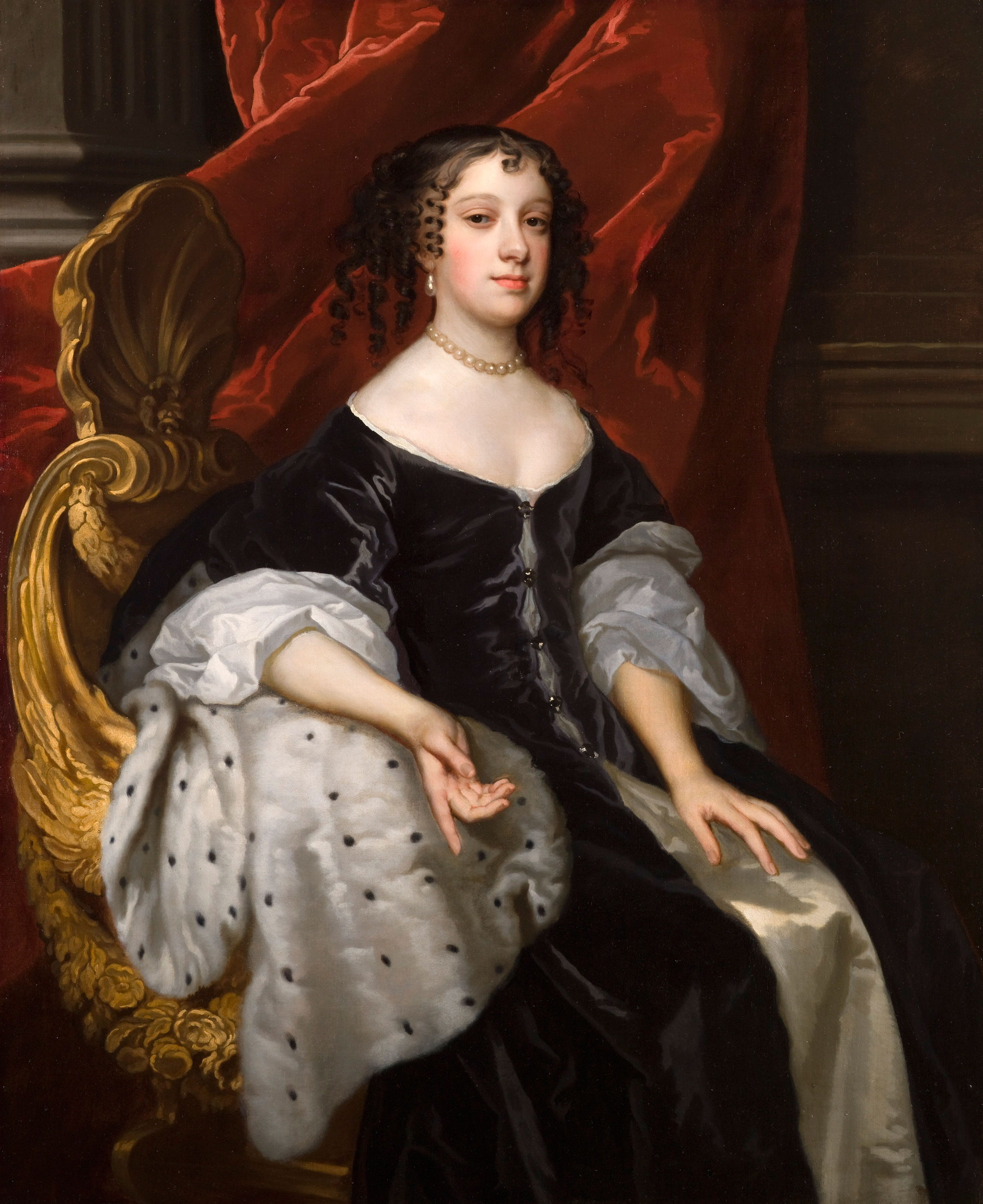|
Neferu I
Neferu I ("the beauty"; ) was the first queen consort of the Eleventh Dynasty of Egypt, 11th Dynasty of Egypt. She may have been a wife of the King Mentuhotep I. Her sons were Intef I and Intef II and she was a grandmother of Intef III and Queen Iah (queen), Iah, his wife. She was also a great-grandmother of Neferu II. She is mentioned on one stela. It is possible that she is the same as the Queen Neferukayet, who is thought to be the wife of Intef II. Her titles would be then: "King's wife, his beloved", "King's daughter" and "Royal Ornament". References Queens consort of the Eleventh Dynasty of Egypt Mentuhotep I Mothers of monarchs 3rd-millennium BC births 22nd-century BC deaths {{Africa-royal-stub ... [...More Info...] [...Related Items...] OR: [Wikipedia] [Google] [Baidu] |
Queen Consort
A queen consort is the wife of a reigning king, and usually shares her spouse's social Imperial, royal and noble ranks, rank and status. She holds the feminine equivalent of the king's monarchical titles and may be crowned and anointed, but historically she does not formally share the king's political and military powers, unless on occasion acting as regent. In contrast, a queen regnant is a female monarch who rules ''suo jure'' (Latin for, "in her own right") and usually becomes queen by inheriting the throne upon the death of the previous monarch. A queen dowager is a widowed queen consort, and a queen mother is a queen dowager who is the mother of the current monarch. Titles When a title other than king is held by the sovereign, his wife can be referred to by the feminine equivalent, such as princess consort or empress consort. In monarchies where polygamy has been practised in the past (such as Morocco and Thailand), or is practised today (such as the Zulu people, Zulu ... [...More Info...] [...Related Items...] OR: [Wikipedia] [Google] [Baidu] |
Eleventh Dynasty Of Egypt
The Eleventh Dynasty of ancient Egypt (notated Dynasty XI; ) is a well-attested group of rulers. Its earlier members before Pharaoh Mentuhotep II are grouped with the four preceding dynasty, dynasties to form the First Intermediate Period, whereas the later members are considered part of the Middle Kingdom of Egypt, Middle Kingdom. They all ruled from Thebes (Egypt), Thebes in Upper Egypt. Characteristics The relative chronology of the 11th Dynasty is well established by contemporary attestations and, except for count Intef and Mentuhotep IV, by the Turin King List, Turin canon.mirror Manetho's statement that the 11th Dynasty consisted of 16 kings, who reigned for 43 years is contradicted by contemporary inscriptions and the evidence of the Turin King List, whose combined testimony establishes that this kingdom consisted of seven kings who ruled for a total of 143 years. However, his testimony that this dynasty was based at Thebes, Egypt, Thebes is verified by the contemporary ev ... [...More Info...] [...Related Items...] OR: [Wikipedia] [Google] [Baidu] |
Mentuhotep I
Mentuhotep I (also Mentuhotep-aa, i.e. "the Great") may have been a Theban nomarch and independent ruler of Upper Egypt during the early First Intermediate Period. Alternatively, Mentuhotep I may be a fictional figure created during the later Eleventh Dynasty, which rose to prominence under Intef II and Mentuhotep II, playing the role of a founding father. Identity Mentuhotep was possibly a local Egyptian nomarch at Thebes during the early first intermediate period, ca. 2135 BC. The Karnak king list found in the Festival Hall of Thutmose III preserves, in position No. 12, the partial name "Men-" in a royal cartouche, distinct from those of Mentuhotep II (No. 29) or Mentuhotep III (No. 30). The available fragments of the Karnak list do not seem to represent past pharaohs in any chronological order, and thus one cannot ascertain if or when this "Men-" pharaoh lived. Many scholars have argued from the list that a Mentuhotep I, who might have been merely a Theban nomarch, was posthu ... [...More Info...] [...Related Items...] OR: [Wikipedia] [Google] [Baidu] |
Intef I
Sehertawy Intef I was a local nomarch at Thebes during the early First Intermediate Period and later an ancient Egyptian pharaoh. He was the first member of the 11th Dynasty to lay claim to a Horus name. Intef reigned from 4 to 16 years c. 2120 BC or c. 2070 BC, during which time he probably waged war with his northern neighbor, the Coptite nomarch Tjauti. Intef was buried in a saff tomb at El-Tarif, known today as Saff el-Dawaba. Sources Intef is known for certain from only one near-contemporary monument: two inscribed blocks from the temple of Montu at Tod which were erected during Mentuhotep II's reign. The blocks represent Mentuhotep II facing the names of three of his ancestors which are identified by their proper name (nomen) and Horus name. These are Intef (I) Sehertawy, Intef (II) Wahankh and Intef (III) Nakht-neb-tep-nefer (although in this case only the Horus names Sehertawy and Wahankh are preserved). This relief establishes the succession of kings of the 11 ... [...More Info...] [...Related Items...] OR: [Wikipedia] [Google] [Baidu] |
Intef II
Wahankh Intef II (also Inyotef II and Antef II) (died 2063 BC) was the third ruler of the Eleventh Dynasty of Egypt during the First Intermediate Period. He reigned for almost fifty years from 2112 BC to 2063 BC. His capital was located at Thebes, Egypt, Thebes. In his time, Egypt was split between several local dynasties. He was buried in a saff tomb at El-Tarif. Family Intef's parents were Mentuhotep I and Neferu I. His predecessor Intef I may have been his brother. Intef was succeeded by his son Intef III. Reign After the death of the nomarch Ankhtifi, Intef was able to unite all the southern Nome (Egypt), nomes down to the Cataracts of the Nile, First Cataract. After this he clashed with his main rivals, the 10th Dynasty, kings of Herakleopolis Magna for the possession of Abydos, Egypt, Abydos. The city changed hands several times, but Intef II was eventually victorious, extending his rule north to the thirteenth nome. After these wars, more friendly relations were esta ... [...More Info...] [...Related Items...] OR: [Wikipedia] [Google] [Baidu] |
Eleventh Dynasty Of Egypt
The Eleventh Dynasty of ancient Egypt (notated Dynasty XI; ) is a well-attested group of rulers. Its earlier members before Pharaoh Mentuhotep II are grouped with the four preceding dynasty, dynasties to form the First Intermediate Period, whereas the later members are considered part of the Middle Kingdom of Egypt, Middle Kingdom. They all ruled from Thebes (Egypt), Thebes in Upper Egypt. Characteristics The relative chronology of the 11th Dynasty is well established by contemporary attestations and, except for count Intef and Mentuhotep IV, by the Turin King List, Turin canon.mirror Manetho's statement that the 11th Dynasty consisted of 16 kings, who reigned for 43 years is contradicted by contemporary inscriptions and the evidence of the Turin King List, whose combined testimony establishes that this kingdom consisted of seven kings who ruled for a total of 143 years. However, his testimony that this dynasty was based at Thebes, Egypt, Thebes is verified by the contemporary ev ... [...More Info...] [...Related Items...] OR: [Wikipedia] [Google] [Baidu] |
Queen Consort
A queen consort is the wife of a reigning king, and usually shares her spouse's social Imperial, royal and noble ranks, rank and status. She holds the feminine equivalent of the king's monarchical titles and may be crowned and anointed, but historically she does not formally share the king's political and military powers, unless on occasion acting as regent. In contrast, a queen regnant is a female monarch who rules ''suo jure'' (Latin for, "in her own right") and usually becomes queen by inheriting the throne upon the death of the previous monarch. A queen dowager is a widowed queen consort, and a queen mother is a queen dowager who is the mother of the current monarch. Titles When a title other than king is held by the sovereign, his wife can be referred to by the feminine equivalent, such as princess consort or empress consort. In monarchies where polygamy has been practised in the past (such as Morocco and Thailand), or is practised today (such as the Zulu people, Zulu ... [...More Info...] [...Related Items...] OR: [Wikipedia] [Google] [Baidu] |
Intef III
Intef III was the third pharaoh of the Eleventh Dynasty of Egypt during the late First Intermediate Period in the 21st century BC, at a time when Egypt was divided in two kingdoms. The son of his predecessor Intef II and father of his successor Mentuhotep II, Intef III reigned for 8 years over Upper Egypt and extended his domain North against the 10th Dynasty state, perhaps as far north as the 17th nome. He undertook some building activity on Elephantine. Intef III is buried in a large saff tomb at El-Tarif known as Saff el-Barqa. Family Intef III was the son of his predecessor Intef II. This is indicated by the stela of Tjeti, chief treasurer during the reigns of Intef II and Intef III. Tjeti's stele mentions the death of Intef II and goes on describing how Tjeti served Intef II's son who acceded to the throne upon the death of his father: : Then, when his ''son'' assumed his place, Horus, Nakht-neb-Tepnefer, King of Upper and Lower Egypt, Son of Re, Intef, fashioner of ... [...More Info...] [...Related Items...] OR: [Wikipedia] [Google] [Baidu] |
Iah (queen)
Iah (also Yah, Jah or Aah = "Moon";Allen, James P. (2000). ''Middle Egyptian: An Introduction to the Language and Culture of Hieroglyphs''. Cambridge University Press. p. 436 ) was a king's mother and queen of ancient Egypt during the mid Eleventh Dynasty of Egypt, 11th Dynasty (2134–1991 BC). Daughter of a king, possibly Intef II, and mother of king Mentuhotep II, she was the queen consort of Intef III. Biography Little is known for certain about the origin and life of Iah. She bore the title of ''king's daughter'' (''S3t-nswt''),Joyce Tyldesley, ''Chronicle of the Queens of Egypt'', Thames & Hudson. 2006, pp. 66-68. which indicates that she was the daughter of pharaoh, possibly Intef II, but this remains conjectural. Her name is a reference to Iah, an Egyptian Moon god. Iah was married to king Intef III, although the important title ''king's wife'' is not attested for her. Their children were: *King Nebhepetre Mentuhotep II (2046 BC – 1995 BC) *Queen Neferu II As ... [...More Info...] [...Related Items...] OR: [Wikipedia] [Google] [Baidu] |
Neferu II
Neferu II () was the wife and sister of the ancient Egyptian king Mentuhotep II who ruled in the 11th Dynasty. Biography Neferu II held the titles ''king's wife'' and ''king's daughter''.Wolfram Grajetzki: ''Ancient Egyptian Queens, a hieroglyphic dictionary'', Golden House P. London, 2005, p. 28 The inscriptions in the tomb mention that she was the daughter of a person called Iah, William C. Hayes: ''The Scepter of Egypt I'', New York 1953, , p. 160; 327 most likely the ''king's mother'' Iah who was the mother of king Mentuhotep II. She was therefore his sister. It is known that Mentuhotep II was the son of king Intef III who was most likely the father of Neferu. Death and Burial Neferu is mainly known from her tomb (TT319) at Deir el-Bahari Deir el-Bahari or Dayr al-Bahri (, , ) is a complex of mortuary temples and tombs located on the west bank of the Nile, opposite the city of Luxor, Egypt. This is a part of the Theban Necropolis. History Deir el-B ... [...More Info...] [...Related Items...] OR: [Wikipedia] [Google] [Baidu] |
Neferukayet
Neferukayet was an ancient Egyptian princess and queen of the Eleventh Dynasty. Her name is only known from her steward Rediukhnum's stela, which was found in Dendera (now in the Egyptian Museum in Cairo, CG 20543).Grajetzki, Wolfram. ''Ancient Egyptian Queens: A Hieroglyphic Dictionary.'' London: Golden House Publications (2005). , p.27 She is possibly identical with the mother of Intef III, whose name was Neferu. Neferukayet also bore the titles "king's daughter" ''(z3.t-nỉsw.t),'' "king's beloved wife" ''(ḥm.t-nỉsw.t mrỉỉ.t=f)'' and " royal ornament" ''(ẖkr.t-nỉsw.t),'' based on this, she was likely the daughter of Intef I and the wife of Intef II Wahankh Intef II (also Inyotef II and Antef II) (died 2063 BC) was the third ruler of the Eleventh Dynasty of Egypt during the First Intermediate Period. He reigned for almost fifty years from 2112 BC to 2063 BC. His capital was located at Thebes .... Furthermore, in the tomb of king Intef III was found a relief fragm ... [...More Info...] [...Related Items...] OR: [Wikipedia] [Google] [Baidu] |
Queens Consort Of The Eleventh Dynasty Of Egypt
Queens is the largest by area of the Boroughs of New York City, five boroughs of New York City, coextensive with Queens County, in the U.S. state of New York (state), New York. Located near the western end of Long Island, it is bordered by the borough of Brooklyn and by Nassau County, New York, Nassau County to its east, and shares maritime borders with the boroughs of Manhattan, the Bronx, and Staten Island, as well as with New Jersey. Queens is one of the most linguistics, linguistically and ethnically diverse places in the world. With a population of 2,405,464 as of the 2020 United States census, 2020 census, Queens is the second-most populous county in New York state, behind Kings County (Brooklyn), and is therefore also the second-most populous of the five New York City boroughs. If Queens were its own city, it would be the List of United States cities by population, fourth most-populous in the U.S. after the rest of New York City, Los Angeles, and Chicago. Queens is the fo ... [...More Info...] [...Related Items...] OR: [Wikipedia] [Google] [Baidu] |










